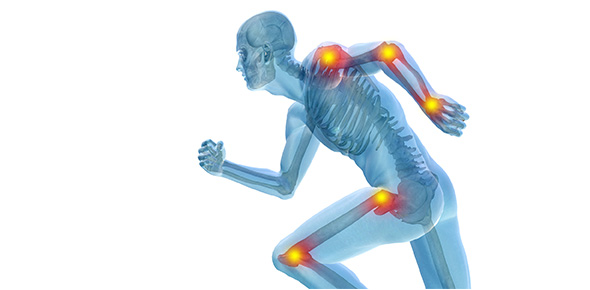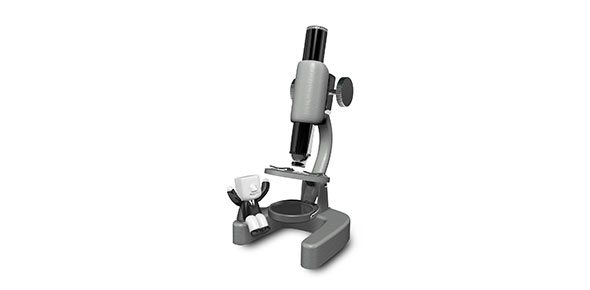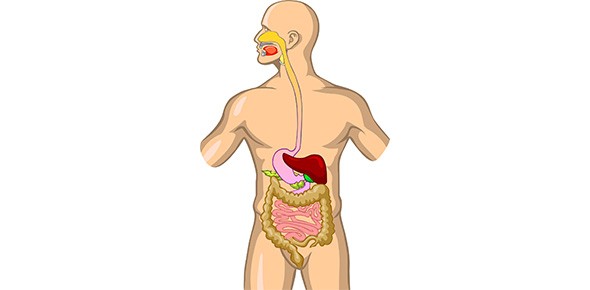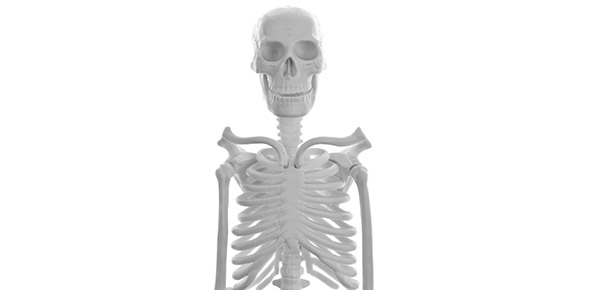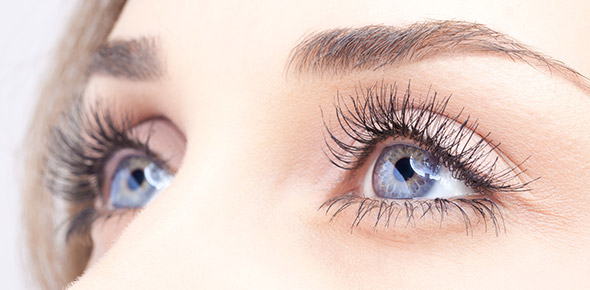Related Flashcards
Related Topics
Cards In This Set
| Front | Back |
|
Where is the lacrimal gland located?
|
In the fossa on the temporal side of the frontal bone.
|
|
What are the two portions of the lacrimal gland?
|
The palpebral and the orbital portion. Due to division caused by tendon of the superior levator palpebrae muscle.
|
|
What do patients with dacryoadenitis present with?
|
Acute discomfort in the upper lateral eyelid. The region of the lacrimal gland. Reduced tearing on this side is a common complaint.
|
|
Accessory lacrimal glands: What is their histological makeup like? Where are they located?
|
Histological makeup=same as the main lacrimal gland. Located in the subconjunctival tissue from the fornix up to the tarsal plate.
|
|
What are the four parts to the nasolacrimal drainage system? (in order)
|
1. Lacrimal puncta2. Canaliculi3. Lacrimal sac4. Nasolacrimal duct
|
|
Lacrimal puncta: ? located and what do they drain into?
|
Located in an elevation of tissue called the lacrimal papilla. There is a puncta in each upper and lower lid that drains into a tube called a canaliculus.
|
|
Canaliculi. How long are they? What do they connect? How do they run? What surrounds?
|
10 mm longConnect each puncta to the lacrimal sac. Each tube runds vertically 2mm then medially 8mm then join as one canaliculus into the lacrimal sac. The angle at which it enters the sac prevents backflow. Muscle of Horner surrounds and contracts the canaliculi during eyelid closure to assist in tear drainage.
|
|
Lacrimal sac: Where is it?
|
Lies within the fossa in the medial orbital wall fomed by joining of the maxillary and lacrimal bones. Orbital septum les behind the sac. The cheek ligament of the medial rectus is also posterior. The medial palpebral ligament, from the tarsal plate, divides into the two limbs that attach in front and behind the sac, straddling it.
|
|
What is dacryocystitis an infection of? What does it usually occur?
|
Dacryocystitis is an infection of the lacrimal sac. It usually occurs as a result of nasolacrimal duct obstruction.
|
|
Nasolacrimal duct: how long is it? What does it lie adjacent to? Where does it terminate?
|
Duct is about 15mm long and travels through the nasolacrimal canal, which lies adjacent to the maxillary sinus. the duct terminates in the inferior meatus of the nasal cavity
|
|
Valve of Hasner: where is it located? What is it's purpose?
|
At the end of the nasolacrimal duct. prevents backflow of nasal fluids into the lacrimal drainage system.
|
|
What are the EOM's and where do they attach?
|
EOM's are the extrinsic muscle of the eye that attach to the sclera
|
|
What 3 things makes the EOM's different from typical skeletal muscle fibers?
|
1. Blood supply is more dense2. Nerve supply is more dense/finely tuned3. EOM movements are faster/more fatigue resistant due to unique blend of white (fast) and red (slow but sustaining) muscle fibers
|
|
Lateral rectus: What is its primary, secondary, and tertiary actions? Where is its origin?
|
Primary action: abductionsecondary and tertiary: noneOrigin: Common Tendinous Ring
|
|
Medial rectus: What is its primary, secondary, and tertiary actions? Where is its origin?
|
Primary action: adductionsecondary and tertiary: noneOrigin: common tendinous ring
|



